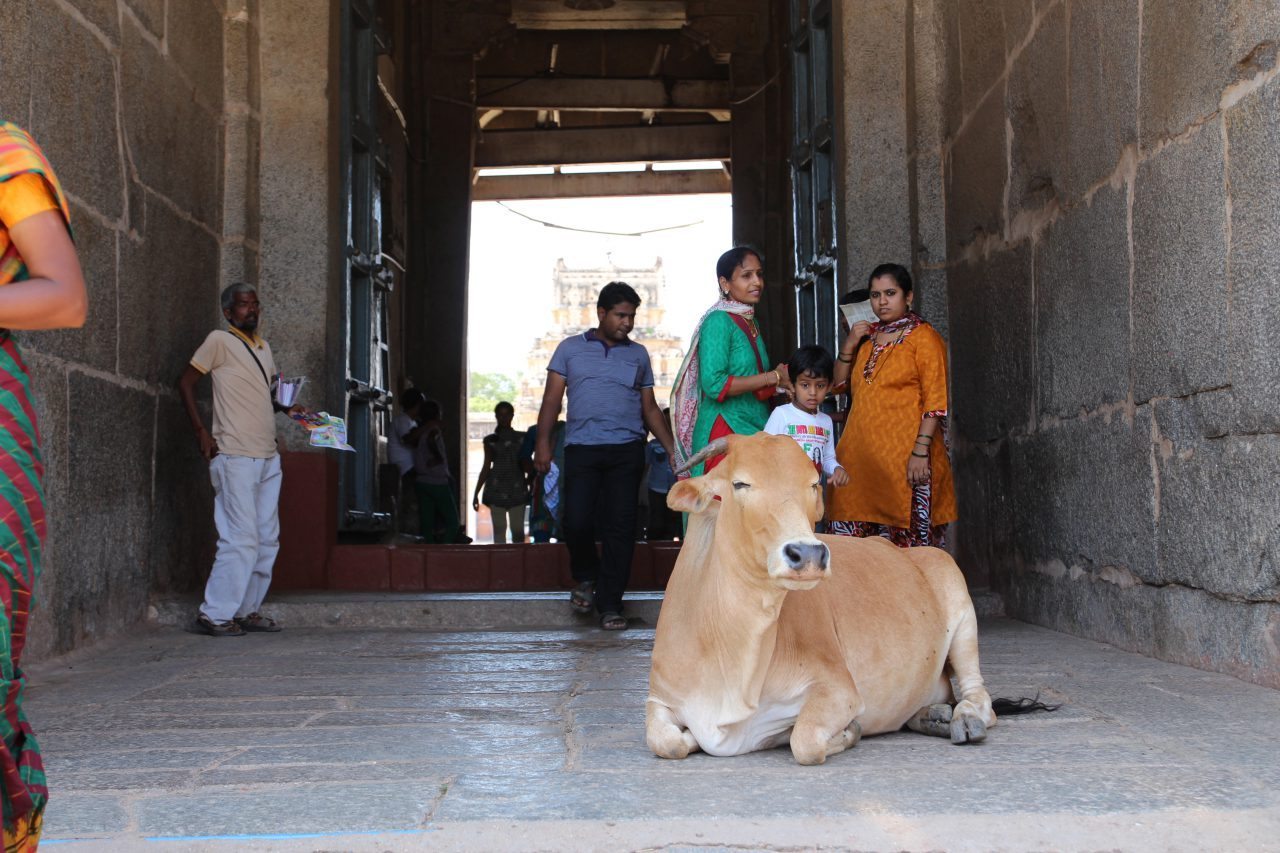Hampi: Fallen Seat of an Empire
In south central India, in the heart of a jungle less-traveled, lies the now sleepy town of Hampi. This village was once home to over 500,000 people and in it’s time it was one of the largest cities in the world. Now recognized as a UNESCO World Heritage Site, this former capital of the Vijayanagara Empire is a mere shadow of it’s former glory, but what remains is truly breathtaking.
In A Nutshell
Highlights - Hampi boasts some of the oldest, most beautiful, and well-preserved architecture in all of India. The tourism-friendly market offers a few familiar comforts to guests, without distracting from Hampi’s uniqueness..
Lowlights - The sites are too far apart from each other to walk to each of them. You will have to have a car or a tour guide who can provide transportation. Food is only available in the town center, so it is advisable to pack some food for the day.
Bottom Line - Hampi is stunning! If you have any opportunity to go here, you must! If you had to choose between here and the Taj Mahal, then choose Hampi!
Roadtripping to Hampi
Hampi is my favorite place in India. Period. Nowhere else has come even close. This ancient city has been left mostly in ruins despite it once being the capitol of Vijayanagar, a 14th century empire. Just imagine if Rome had been sacked and was then forgotten; that’s basically what happened to Hampi.
Speaking of ‘sacked,’ that’s how our drive felt. What should have been a 7-hour drive according to Google Maps, turned out to be a 21-hour nightmare. That is partially because Google Maps lacks the data to provide accurate drive times and traffic conditions in India, and partially because we had a flat tire. And then we had.. another flat tire!
I was riding to Hampi with some colleagues of mine and wea decided to drive through the night. Unfortunately, we got our second flat tire at 1am and there was no way to get assistance until more than 9 hours later. Thus, we tried to sleep, which was taxing with four large men in an economy-sized car, heat, humidity, and oh my goodness the mosquitos.
As the sun rose, the area around us came alive. There was a family of boar rummaging around our car and not 100 meters from us was a little food stand with fresh breakfast. ‘Upma’ is basically grits with a kick, and was some of the best food I’ve eaten in India. It’s true, street food, especially village street food, is the best.
The Tungabhadra Dam and a Hindu Fest
After getting our tire fixed, we continued on toward Hampi to our hotel in the nearby town of Hospet. We quickly checked in and took off again to see Tungabhadra Dam before the sunset. This dam is a 50-meter high power station which holds back a reservoir of 378 square kilometers. It’s huge.
The grounds below the dam are covered by a national park, botanical gardens and a temple. The temple was celebrating Navratri, a hindu festival which, among other things, celebrates the coming of autumn. I went to the temple and experienced my first poojah. After paying respects to the idol, a pujari (Hindu priest) gave me some coconut water and a leaf filled with lemon rice and rice pudding. It was delicious.
Just in case you’ve missed the subtile hints: the food is awesome.
The Historical Ruins of Hampi
The next morning we woke early and went to Hampi. We hired a guide and subsequently I learned a business lesson about India which would serve me very well for the rest of my time in the country.
The guide wanted INR1000 to take us to five destinations around Hampi and to be with us for 6 hours. We worked him down to INR750 and off we went. Then, after just 3 hours we had finished the tour and he demanded to be paid. At this point we didn’t have leverage to not pay him the full INR750 because he had, in fact, taken us to all the places that he said he would take us. However, though we were not particularly rushed on the tour, I am curious about what did we not see or fully enjoy because he was looking to get us through Hampi quickly and pick up extra business in the afternoon.
If we had not negotiated his price, then we would have either paid INR1000 for 6-hours and seen more, or we would have paid INR500 for just three hours of his time. In the end, paying INR750 for 3 hours was the most costly way to go. What this taught me about negotiating in India is that you can feel like a winner at the time of negotiation, but people always find a way to make their margins in the end. This proved to be true at every scale and every purchase that I made for the next 4 months.
Most of the original buildings of Hampi were destroyed by the invasion of three Muslim kings in 1565, but there are a few buildings with Islamic architectural details which they left standing. Additionally, there are a few buildings they left for their own use, like the elephant stables. Very few buildings that were destroyed have been reconstructed, but as you will see from these photos, those which remain are truly beautiful.
The central point of Hampi is marked by the very large Virupaksha Temple. The panoramic view of this temple from atop a nearby hill is breathtaking. This single structure and the view from this vantage point is the most interesting thing I saw in all of India.














































